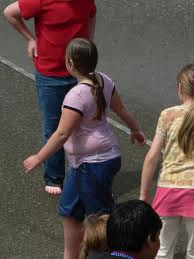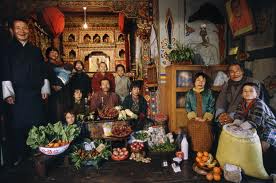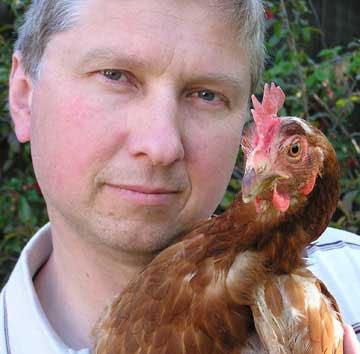New movie explains why we are fat and starving
“Hungry for Change is a new movie that unleashes the diet industry’s biggest secret – it is sugar that makes people fat and it is in everything especially low-fat diet products” says Debbie Swanwick, Spokesperson – Soil & Health – Organic NZ. Most of the fructose from sugar is metabolized by the liver. There it gets turned into fat, which is then secreted into the blood. (3)
A recent University of Otago-led study commissioned by the World Health Organization (WHO) recommends cutting down on the sweet additive should be part of a global strategy to tackle the obesity epidemic. The study published in the British Medical Journal suggests sugar-laden drinks are of particular concern because of the ease in which they are consumed. (5)
More than $60 billion is spent each year on diet and weight loss products in the US alone yet America has one of the highest rates of obesity in the world. (1) Currently 35.7% of adults are obese, but The Center for Disease Control predict that by 2030 the obesity rate in the US will reach 44 percent. (2)
“Increasing obesity rates when we have such a huge spend on diet and weight loss products worldwide doesn’t add up until you learn what the food industry doesn’t tell you” says Swanwick.
Mike Adams, editor of the Natural News Network explains. “Our food manufacturers have designed food to be addictive. Artifical sweeteners whilst containing no calories stimulate your desire for carbohydrates and MSG, found in 80% of processed food, is well documented as the product fed to lab rats to make them fat”
Sugar, through its metabolisation by the gut and hence the brain, is extremely addictive, just like cigarettes or alcohol believes former head of the US governments most powerful food agency, the FDA, David Kessler. (4) Chef Jamie Oliver also has some emotive commentary to add. Talking about sugar in milk he says “any judge in the whole world would look at the statistics and the evidence and they would find any government of old guilty of child abuse. That’s my belief”. (6)
“This movie is a must see to get your health back on track and confirms our position on why you should eat organic whole foods” says Swanwick.
‘Hungry for Change’ is free to view until 31 March at www.hungryforchange.tv/free-screening.
Soil & Health is one of the oldest organic organisations in the world and advocates for the consumer’s right to have fresh, healthy, organic food free of GE, pesticides and additives and their right to know what is in their food. Oranga nuku, oranga kai oranga tangata. To learn more about what is really in your food subscribe to their Facebook pagehttp://www.facebook.com/OrganicNZ
To view online click here www.organicnz.org.nz/node/623
References
(1) http://www.hungryforchange.tv/free-screening
(2) http://www.reuters.com/article/2012/09/18/us-obesity-us-idUSBRE88H0RA201…
(3) http://authoritynutrition.com/4-ways-sugar-makes-you-fat/
(4) http://www.guardian.co.uk/business/2012/jun/11/why-our-food-is-making-us…



